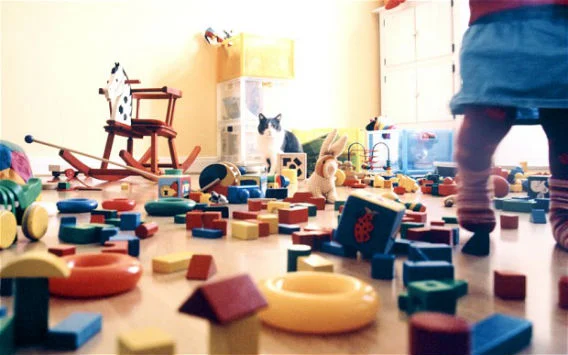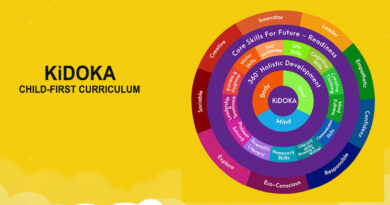Nurturing the Spark: How to Encourage Creativity in Your Kid
Creativity is not a trait reserved for artists and musicians alone. It’s an essential skill that encourages innovative thinking and problem-solving, valuable for all walks of life. For young children, particularly preschoolers, developing creativity can be an exciting journey of self-discovery and expression. So, how can you as a parent facilitate this important aspect of your child’s development? Here are some strategies to help you encourage creativity in your preschoolers.
1. Create a Creative Space

Every artist needs a studio, and for a child, that could be a corner of their room or a dedicated space in the living room. Fill it with materials like paints, crayons, clay, and recycled materials that can be transformed into art. Make sure this space is safe and accessible for your child, allowing them to create whenever inspiration strikes.
2. Make Room for Mess

Creativity can sometimes be messy, and that’s okay. Encourage your child to explore different materials and textures, even if it means a bit of clean-up later. Remember, the goal is to let your child’s imagination run free.
3. Encourage Play-Based Learning
Play is a natural way for children to express their creativity. Provide a variety of toys and games that encourage imaginative play. Role-playing, building blocks, and even simple card games can stimulate creative thinking.
4. Ask Open-Ended Questions
Questions that have more than one right answer can spark creative thought. Instead of asking, “What color is the sky?”, you might ask, “What could we imagine the sky to look like if it wasn’t blue?”.
5. Expose them to Different Experiences

Creativity thrives on novelty. Take your child to museums, parks, and cultural events. Diversified experiences can inspire new ideas and creative expressions
6. Read Together

Reading introduces children to different worlds, characters, and scenarios, sparking their imagination. Choose books that encourage creative thinking and problem-solving.
7. Encourage Their Interests

If your child shows interest in a particular activity, be it drawing, dancing, or building towers out of blocks, show your support. Encourage their pursuit and provide the resources they need to explore these interests further.
8. Practice Patience
Creativity cannot be rushed. It’s important to allow your child to take their time when they’re engaged in a creative activity. They’re not just creating; they’re problem-solving, innovating, and expressing themselves.
9. Model Creativity

Children learn by example. Engage in creative activities yourself and involve your child when appropriate. Show them that creativity is a valuable and enjoyable aspect of life.
10. Avoid Over-scheduling
While organized activities and classes are beneficial, children also need downtime to daydream, explore, and create on their own.
Remember, every child is unique and will express creativity in their own way. Your role as a parent is to provide supportive and loving guidance as they explore their creative abilities. With time and patience, you’ll be amazed at the creative capacities of your preschooler.




